This post may contain affiliate links. I may earn an affiliate commission if you click on a link and purchase an item at no additional cost to you. All opinions are my own.
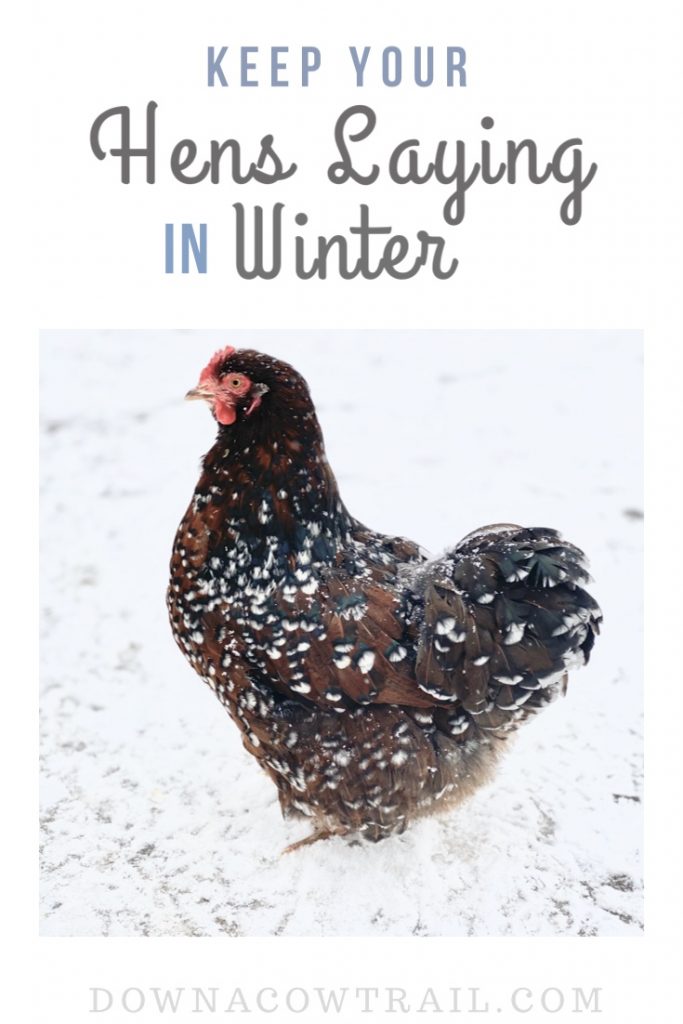 Here in North Central Nebraska our temps get preeeetty cold in the winter. They often drop down in the teens with single digit or negative wind chills. Although, I’m sure to folks up in North Dakota it’d feel like t-shirt weather! Even with frigid temps, here are a few tips to keep your hens laying through winter.
Here in North Central Nebraska our temps get preeeetty cold in the winter. They often drop down in the teens with single digit or negative wind chills. Although, I’m sure to folks up in North Dakota it’d feel like t-shirt weather! Even with frigid temps, here are a few tips to keep your hens laying through winter.
I believe that God created chickens with the ability to withstand some degree of cold. I watch the wild turkeys roosting out in our trees and figure if they can handle freezing temps up in a tree, then my chickens can survive inside a coop with the insulation God built into them!
(Before I go on, be sure to follow me on Pinterest and Instagram!)
My birds all have coops, heated water bowls, free access to feed, a timed light, and are allowed to free range when there is bare ground. I’ve had chickens for almost 30 years which definitely does not make me an expert by any means, just that I’ve figured out what works best for me and my flock. My first chickens as a child were a little Silkie/Cochin cross and a black Australorp. They were definitely my pets! I even took them to our county fairs! Such good memories. Now, I know the discussion on caring for chickens in winter can be controversial with lots of passionate opinions, but this is just what has worked for me over the years.
The Coops
I have two chicken chicken coops and one duck house. You can read about our Pekin duck house here.
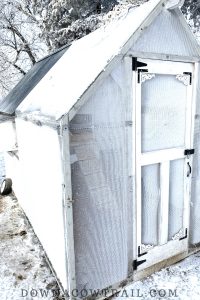
The big breed chickens have a larger coop, and my little silkies have an a-frame. Both are portable so I can move them wherever my heart desires. The only coop with a light is the large coop. My little a-frame is a bit small for using a light and there are enough little silkie bodies in there to keep warm. Even with the cold temps, my little bantams still lay during the winter.
Coop Lighting
Light bulbs and heat lamps in coops is a controversial subject in the chicken keeping world. I don’t use heat lamps anymore in my coops for fear of fire, although we grew up with a heat lamp in my parents’ coop without a problem. Our coops are not insulated and I have venting to reduce condensation when it is all closed up. There are enough chickens to keep each other warm just with body heat.
I use a compact fluorescent light bulb on a timer only to increase “daylight” for my birds. I bought this bulb 5 years ago (no it hasn’t been on that long!) for seed starting, but it works much better for this! You could also try a daylight LED (since they don’t get hot). When they don’t have enough hours of light egg production drops. A few weeks ago, the light bulb in my chicken coop burned out unbeknownst to me. My girls quit laying and once I put two and two together and replaced the bulb they kicked back into full egg laying mode.
The timer is set to come on at 5am and turn off at 8am. That gives my birds at least 12 hours of “daylight”. I’m sure it’s a shocker when it pops on in the morning! Rise and shine!!
Winter Hardy Breeds
Chickens are very hardy, and some breeds are more comfortable in the winter than others. I tend to gravitate towards big fluffy chickens (or little furry chickens…I can’t resist!). Orpingtons and Brahmas are quite winter hardy, and yet still do well during our high humidity summers. My Silkies have never had a problem with our winters, but I still keep an eye on them to make sure their little bodies are staying warm enough. I think most breeds can adapt, but some do better in cold weather than others.
Quality Feed & Water
The right kind of feed is very important to maintaining egg production. During the winter I try to supplement their layer feed with cracked corn and black oil sunflower seeds. The layer feed makes the most difference in egg production, but cracked corn and black oils sunflower seeds give them energy for those really cold days, and who doesn’t like a little variety?
I feed a natural layer crumble. My chickens do free-range during the winter when there’s not too much snow, but they’re pretty dependent on me for feed during these cold months. I’ve tried adding different grains to their feed just to balance out the cost of layer feed, but their egg production is more consistent and they waste less when it’s predominantly layer crumbles.
Chickens also require lots of water during the winter. My girls always inform me when they’ve run out of water by running up and following me around. I keep heated water bowls for my hens. And they seem to appreciate it!
Age Of Your Hens
Last but not least…one of the biggest factors contributing to how well your hens will lay is their age. Hens’ egg production peaks in their first 1-2 years and then slowly declines after that. My pullets that I hatched in April of last year began laying in October and really have picked up since then even through our cold winter temps. Now, this is not to say that your older hens won’t lay as consistently. I have one older Welsummer hen who consistently lays a beautiful chocolatey colored egg everyday even through the frigid temps. So, I’m saying generally speaking, their egg production will decline as they get older. There are some exceptions! And if you care for their needs of light, warm water, and good feed you increase your chances of fresh homegrown eggs all winter long!
Hopefully with what I’ve shared you can keep your hens’ egg production in tip top shape!
Until next time, happy trails!!
Tiffany
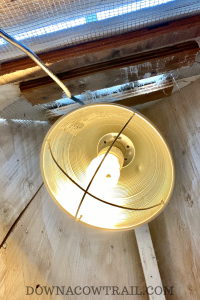
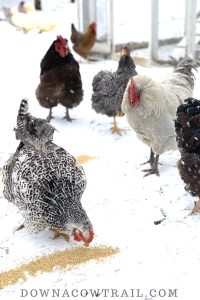
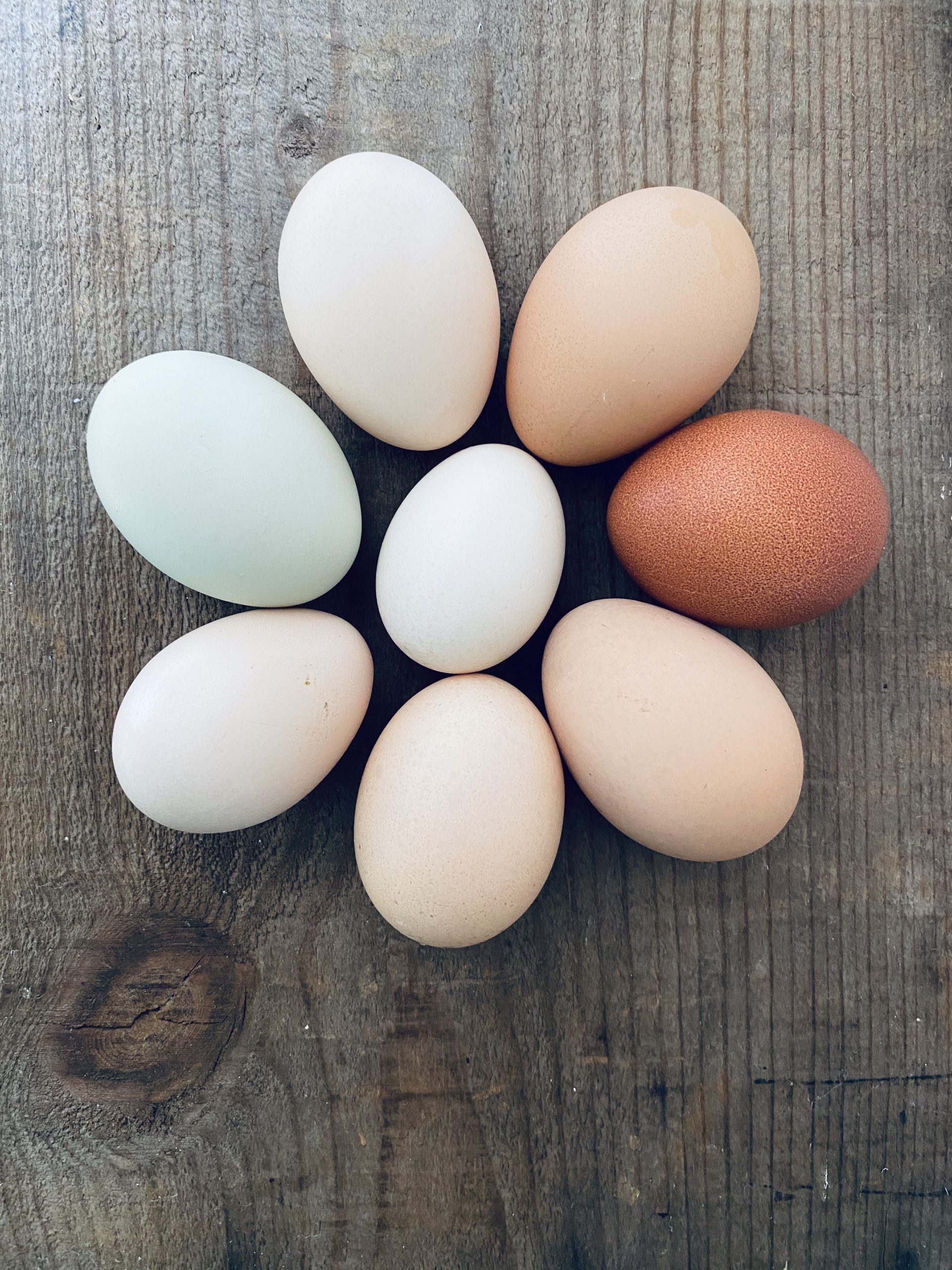 Best Breeds for Beautiful Colorful Eggs
Best Breeds for Beautiful Colorful Eggs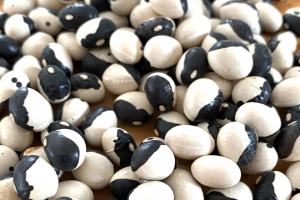 High-Quality Organic Food & Homestead Supplies
High-Quality Organic Food & Homestead Supplies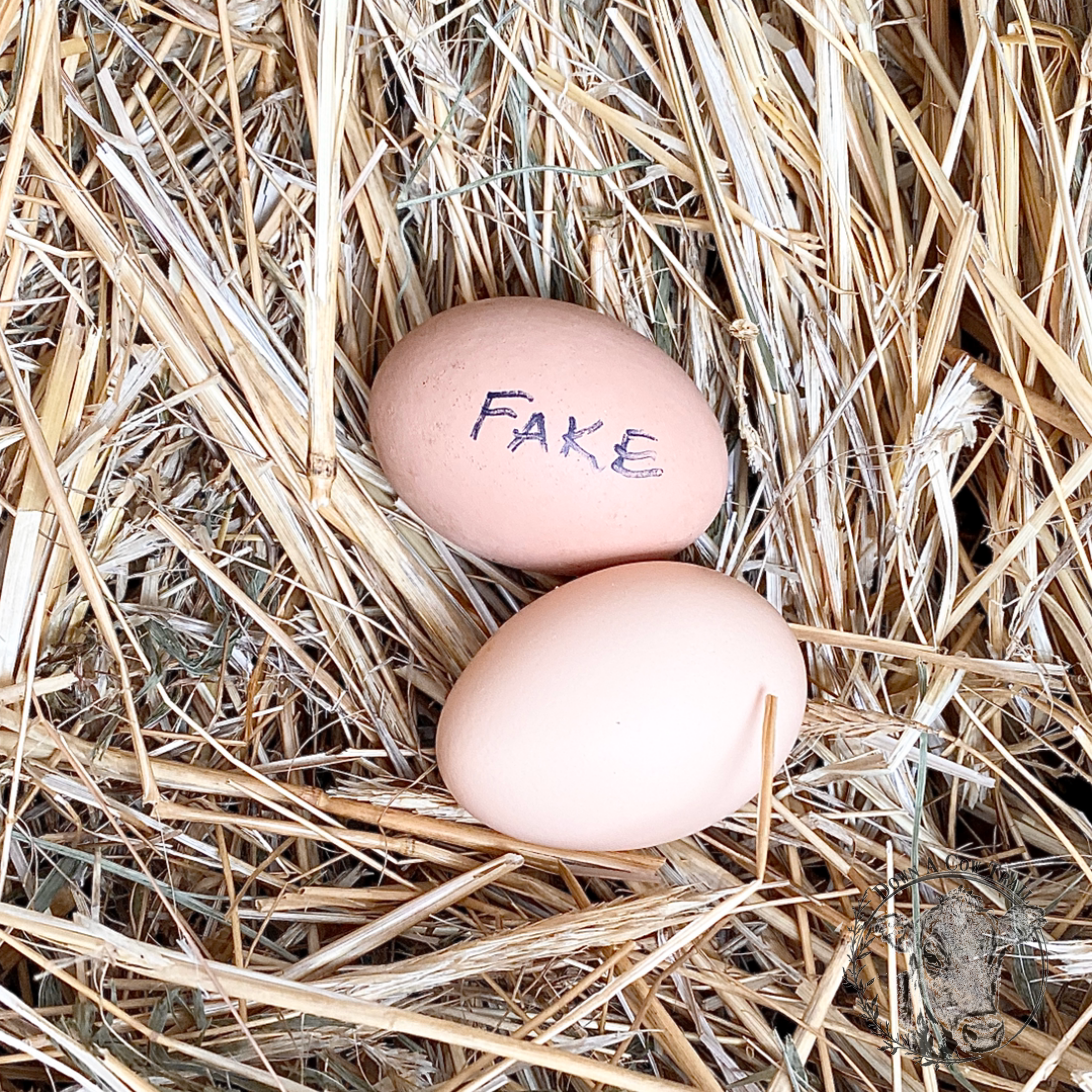 3 Reasons Why You Need Ceramic Eggs in Your Coop
3 Reasons Why You Need Ceramic Eggs in Your Coop How To Pre-Sprout Seeds
How To Pre-Sprout Seeds
Thank you so much for mentioning BREED. This is in SO few articles. Everyone mentions foods/supplements, but so few say to choose your chx appropriately for your typical weather.
When researching prior to getting my first chx, I was so confused and frustrated by the terms used (cold hearty = “fair”, huh? WTF does THAT mean? Are we too cold for “fair”?
Wouldn’t it be great to have a list like they do for plants? ( in zone 6, with normal minimum temps of 20-35 degrees, and summer temperatures a moderately dry in the high 90s, we recommend the following breeds…).